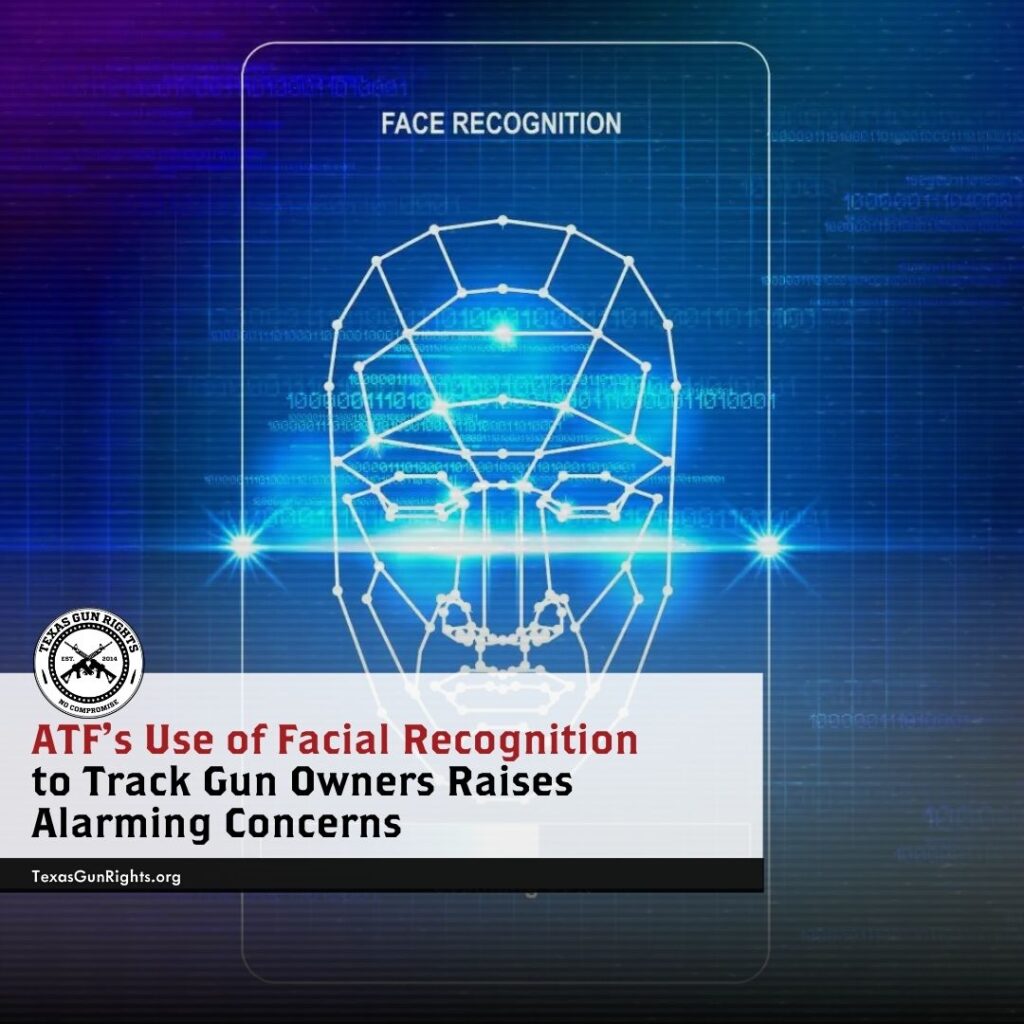Recent revelations confirm that the Bureau of Alcohol, Tobacco, Firearms, and Explosives (ATF) has been aggressively expanding its use of facial recognition technology, raising significant concerns about mass surveillance and unconstitutional tracking of law-abiding gun owners.
But now, explosive new reports indicate that this same technology played a role in identifying the would-be assassin of former President Donald Trump in Butler, Pennsylvania, on July 13, 2024—an event that shocked the nation and placed increased scrutiny on the ATF’s secretive surveillance tactics.
ATF’s History of Facial Recognition Surveillance
For years, gun rights advocates have warned that the ATF’s use of facial recognition would lead to mass surveillance of American citizens—particularly those who exercise their Second Amendment rights. Despite repeated claims that the ATF does not engage in biometric tracking, a 2021 Government Accountability Office (GAO) report revealed that between October 2019 and March 2022, the ATF conducted at least 549 facial recognition searches.
The technology was largely powered by third-party vendors, including Clearview AI and Vigilant Solutions, both of which have amassed vast databases of billions of images scraped from social media, DMV records, and security footage. This means the ATF has been leveraging private sector databases to track and identify gun owners without their consent.
The full scale of this surveillance remains unclear, but newly surfaced documents indicate that the ATF has been working with FBI fusion centers, state and local law enforcement, and even foreign intelligence agencies to develop more comprehensive tracking capabilities.
Trump Assassination Attempt: ATF’s Facial Recognition in Action
The shocking attempt on Donald Trump’s life in Butler, Pennsylvania, placed the ATF’s use of facial recognition in the national spotlight.
According to Senator Ron Johnson, law enforcement officials immediately transmitted photos of suspected gunman Thomas Matthew Crooks to the ATF’s Philadelphia office, where facial recognition technology was used to confirm his identity.
Typically, biometric identification efforts in high-profile cases like this are handled by the Secret Service or the Department of Homeland Security (DHS). However, the ATF’s involvement in the Trump assassination investigation raises serious questions about the agency’s expanded role in digital surveillance and domestic intelligence gathering.
Gun rights advocates have pointed out that if the ATF has this level of facial recognition capability, it is almost certainly being used to track law-abiding gun owners, monitor gun shows, and target individuals for political reasons.
Are Gun Owners the Real Target?
This major revelation follows years of speculation that the ATF has been expanding its surveillance infrastructure well beyond its intended role.
- In 2023, leaked documents exposed that the ATF was working with state and local governments to deploy facial recognition at gun stores, shooting ranges, and firearm-related events.
- The FBI has also admitted to using facial recognition on concealed carry permit holders in multiple states—often without a warrant.
- The ATF’s “Zero-Tolerance” policy against gun stores has resulted in thousands of gun dealers losing their licenses—often for minor paperwork errors—further consolidating government control over firearm transactions.
This means law-abiding citizens exercising their constitutional rights may be secretly added to watchlists—without probable cause or due process.
Weaponizing Facial Recognition Against the Second Amendment
While the ATF used this technology to track the Trump assassination suspect, it is highly concerning that these same tools are being deployed against peaceful gun owners.
Mass surveillance is a slippery slope, and history has proven that when a government agency has the power to secretly track its citizens, it inevitably abuses that power.
Texas Gun Rights is demanding Congress take immediate action to investigate the ATF’s use of facial recognition and pass legislation to prohibit the ATF and other federal agencies from using biometric surveillance to track gun owners.
For more updates on Second Amendment issues and government overreach, stay tuned to Texas Gun Rights. Join the fight to protect your rights today!







